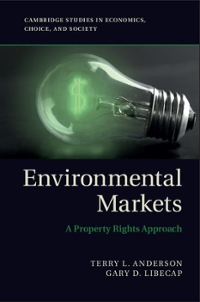Question
Help in answering the questions below. 1. (i) Calculate GDP loss if equilibrium level of GDP is $6,000, unemployment rate 8.5%, and the MPC is
Help in answering the questions below.
1.
(i) Calculate GDP loss if equilibrium level of GDP is $6,000, unemployment rate 8.5%, and the MPC is 0.90.
a) How much money should the government spend to eliminate this GDP loss?
b) Calculate the tax cut needed to eliminate this GDP loss.
(ii). Calculate MPC, MPS and the Multiplier if consumption expenditure increases by $6,000 as a result of increase in income from $40,000 to $48,000.
(iii). Assume that initially G (Government Expenditure) is $200 and equilibrium real GDP is $5000. If MPC is .9, what would be the new equilibrium level of GDP if G (Government Expenditures) increases to $300.


Step by Step Solution
There are 3 Steps involved in it
Step: 1

Get Instant Access to Expert-Tailored Solutions
See step-by-step solutions with expert insights and AI powered tools for academic success
Step: 2

Step: 3

Ace Your Homework with AI
Get the answers you need in no time with our AI-driven, step-by-step assistance
Get Started


